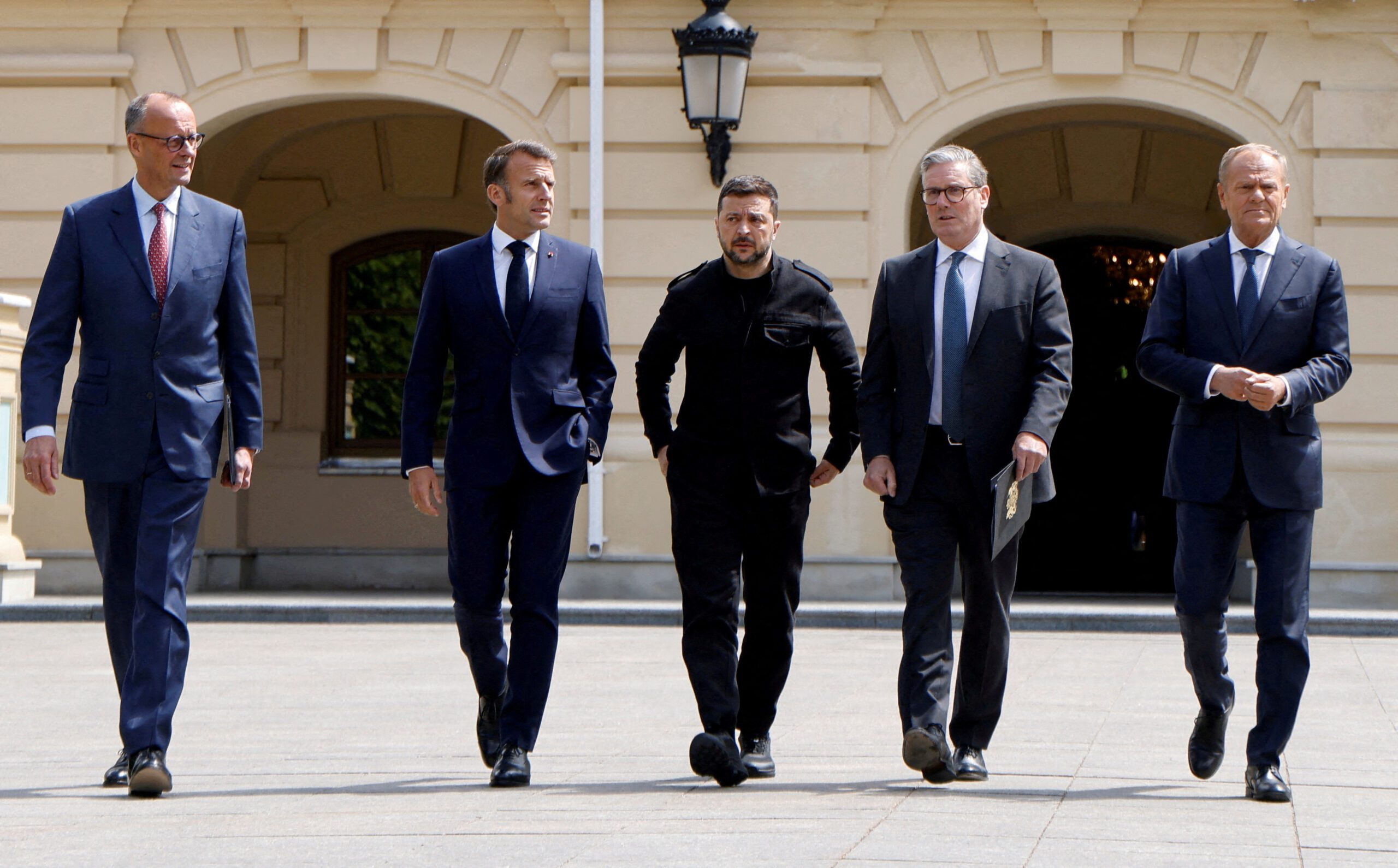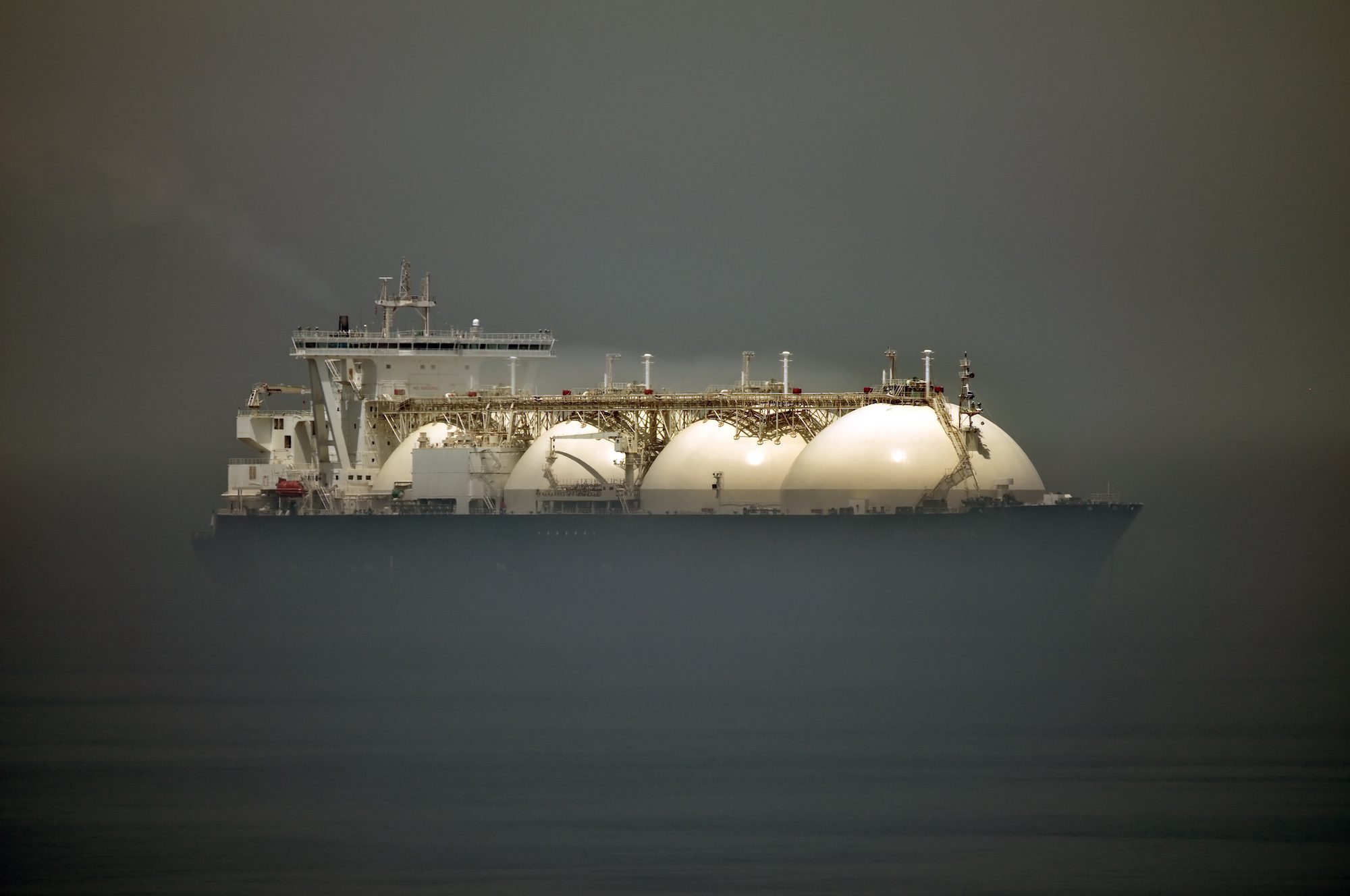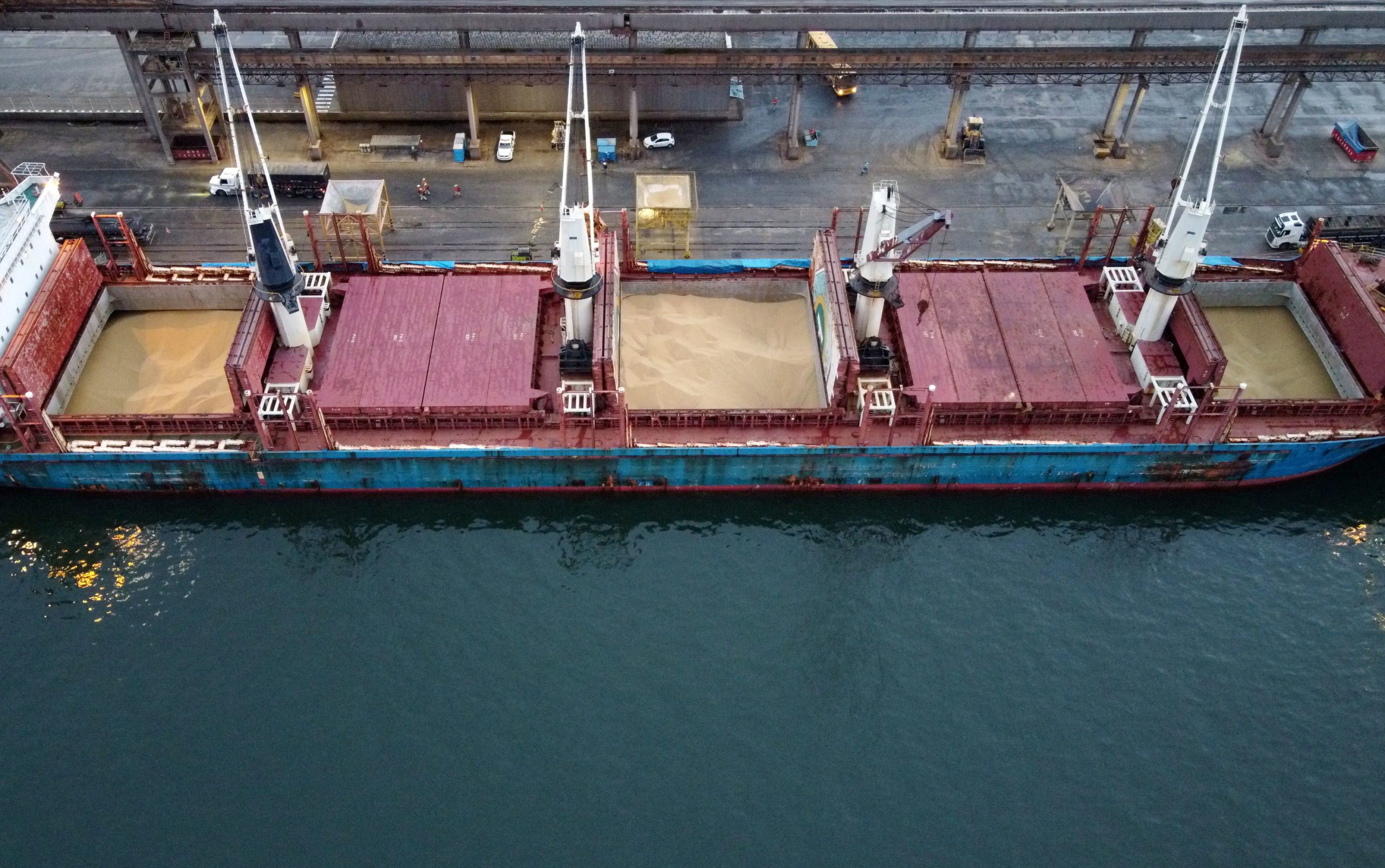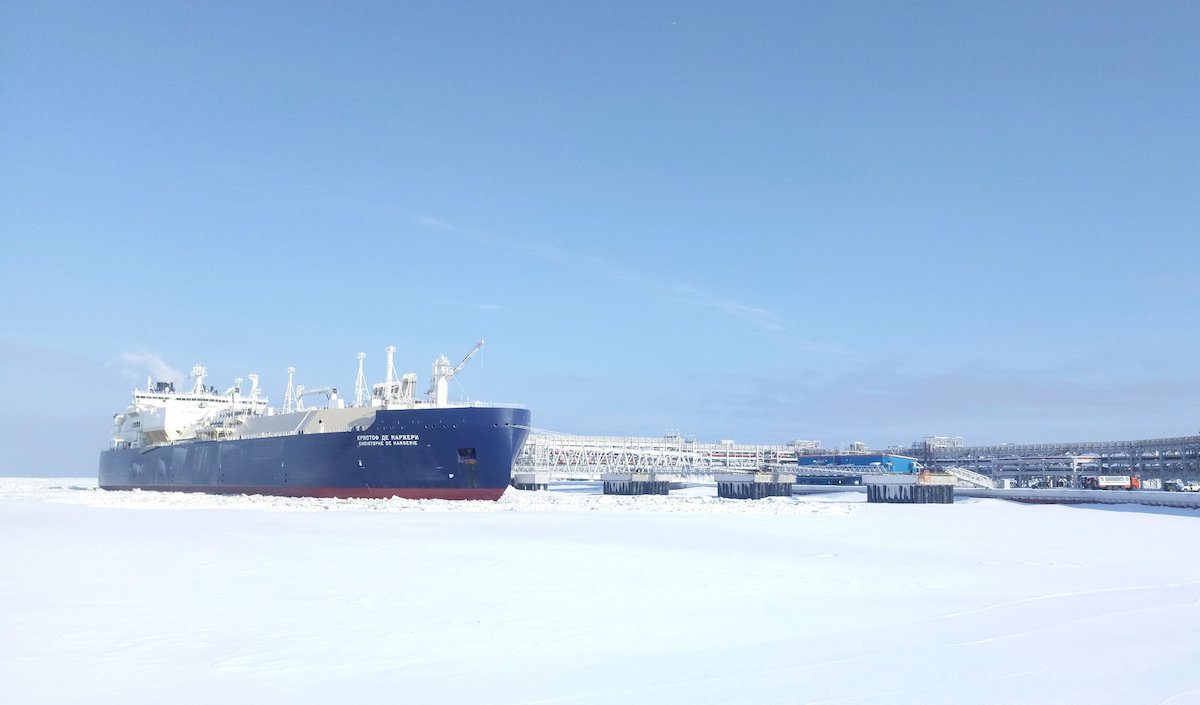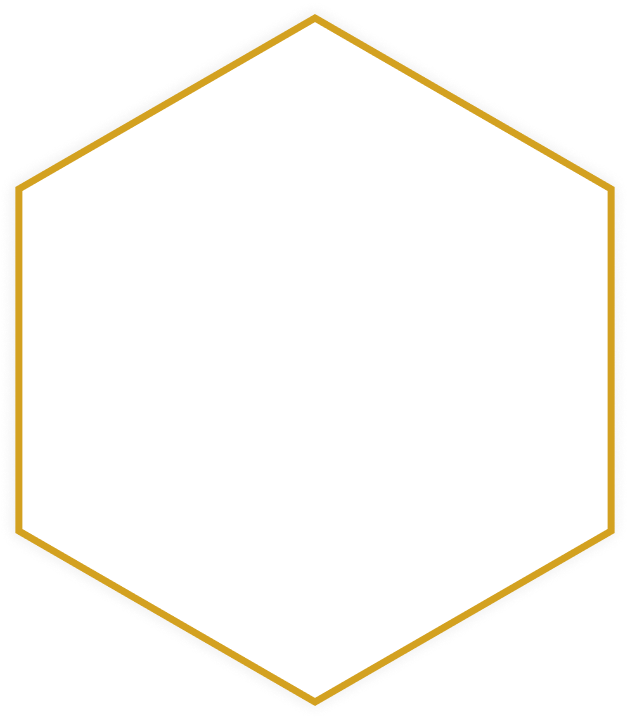The European Union has adopted its 17th sanctions package against Russia – its most comprehensive effort yet. With today’s addition of 189 shadow fleet vessels the total number of ships sanctioned by the EU now stands at 342; a rapid expansion since the end of 2024 when the list encompassed only 79 vessels.
“In this 17th package, we include Surgutneftegas – a Russian oil giant – as well as almost 200 vessels in Russia’s shadow fleet, explains Kaja Kallas, High Representative for Foreign Affairs and Security Policy at the EU.
“This round of sanctions on Russia is the most wide-sweeping since the start of the war, together with new hybrid, human rights, and chemical weapons-related sanctions,” she continued.
The EU measures, in coordination with the UK, notably come without a corresponding package in Washington D.C. The U.S.’ last major sanctions action was announced nearly 6 months ago in January 2025, in the final days of the Biden administration.
The latest measures also target insurance providers and trading companies, including VSK, one of the country’s largest private insurers, and Eiger Shipping, a UAE-based operator associated with Lukoil, Russia’s third-largest company. In total the EU blocked a further 58 companies and 17 individuals, taking the totals to 600 and 1,944, respectively.
The latest sanctions aim to further rein in Russia’s revenue from hydrocarbon sales. Russia uses its shadow fleet to circumvent the $60 price cap agreed on by the G7 countries.
The country has found new buyers in China, India and Turkey and continues delivering more than 9 million barrels of oil per day to international markets. Western measures have had some success in cutting oil revenues, down by around 15 percent in March 2025.
In contrast to wide-ranging measures against Russian crude, the EU has taken only limited action against natural gas, especially its liquefied variety, and gas condensate.
Notably absent remain any sanctions targeting imports of Russian liquefied natural gas. The EU remains Russia’s largest customer of LNG. In 2024 the bloc purchased 17.8 million tonnes of LNG from the country – a new record – valued at €7.32bn.
Today’s 17th sanctions package contains select measures against Russia’s LNG sector blocking at least three LNG carriers, North Ocean, North Light, and North Moon. They vessels are used to receive cargoes from Yamal LNG at the ship-to-ship transfer site near Murmansk. But any broader measures are missing. The 50-page sanctions document detailing the new actions make no mention of supercooled natural gas.
Select EU member states and officials as well as Ukrainian advocates have long-argued for definitive action to stop the flow of Russian LNG, primarily from the Yamal plant, to the continent. But measures to stop the purchase of LNG will come by the end of 2027 at the earliest, the European Commission recently proposed as part of its REPowerEU roadmap.

 Join The Club
Join The Club



